Frank Lloyd Wright was a geology nerd
Architectural inspiration from rock fractures, erosion, and a Great Lake
Over the summer, I visited one of my close friends who lives outside of Buffalo. She asked me if I would be interested in taking a tour of one of Frank Lloyd Wright’s houses, located in a small town situated on Lake Erie called Derby. This property is called Graycliff, and I had never heard of it but had been wanting to visit a Frank Lloyd Wright house for a while because of his connection to geology and nature in his work. In general, I am very interested in any intersection between architecture and geology (which you probably have figured out by now if you’re familiar with my content). So I excitedly said ‘Yes, please!’ and we went and took the tour.
I knew that there would probably be some mention of geology or Graycliff’s geographical setting during the tour, but I was pleasantly surprised by how much geology-adjacent talk there actually was. Listening to the volunteer tell us about the home’s history and design, I kept looking over at my friend with a nerdy “this is so cool!!” look anytime anything rock-related was mentioned.
During the tour, you are allowed to take photos but not videos. The video part I was unaware of during my visit, and took several video clips that I had planned to use to make a video and share on my social media (oops). I later realized that only photos are allowed and it probably would be frowned upon for me to make and share that video. So, what better reason to make it the topic of today’s newsletter using those photos!
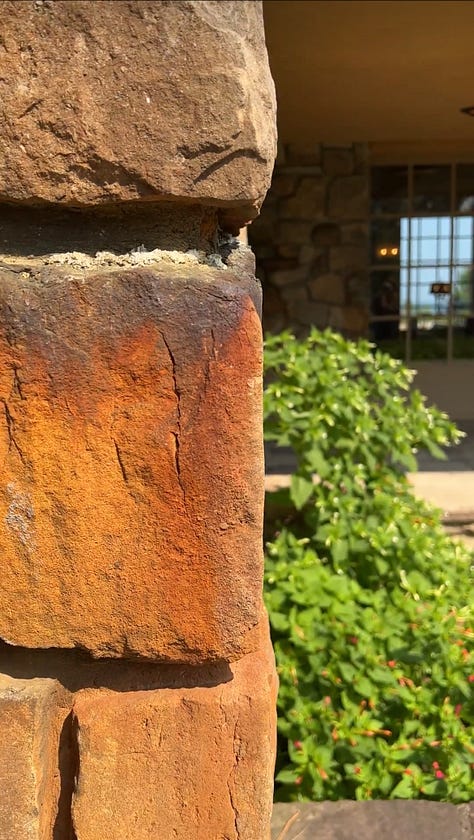
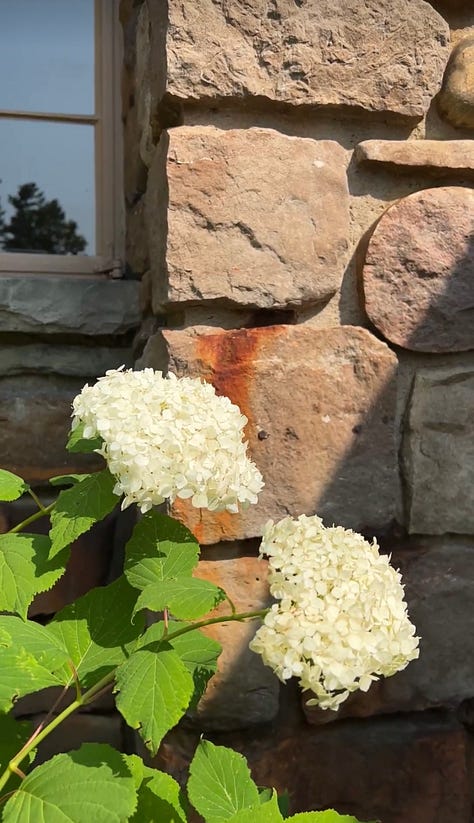

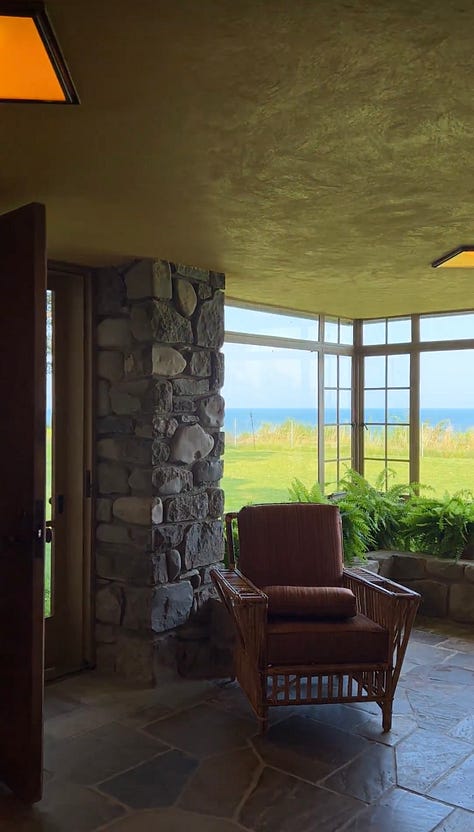

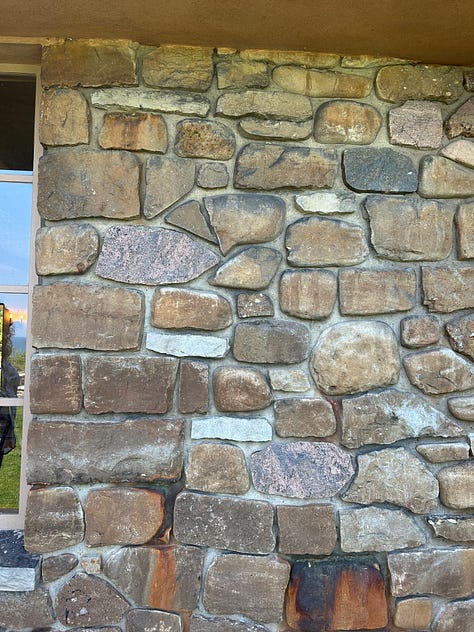
🏠Background of Graycliff
Graycliff was built from 1926-1929 as a summer residence for Isabelle Martin as a gift from her husband, Darwin Martin. The house is built about 100 feet from a 60 foot cliff overlooking Lake Erie. Darwin was a very wealthy man and a top executive at the Larkin Soap Company, a large mail-order soap business at the time. Graycliff is one of Frank Lloyd Wright’s earliest works of organic architecture, built before the famous Fallingwater in Pennsylvania. If you’d like to learn more about Graycliff or the Martins, you can check out their website here!
As we walked along the tour and listened to the docent tell us about the history of the house and specific details that were intentionally included by Wright, I noticed many of them were directly influenced by the geologic setting. Below are some of the things I learned and observed.
🪸Tichenor Limestone
Local stone is used throughout Graycliff, both in the interior and exterior, mostly from the Tichenor Limestone, which is the bedrock that the property itself is situated on. Most of the stone used in the construction was taken right from the property.
The Tichenor Limestone is a carbonate sedimentary rock that formed about 380 million years ago in a shallow tropical sea that covered the area at the time. This sea was incredibly diverse - it contained crinoids (sea lilies), corals, bivalves, bryozoans, and much more.

In fact, fossils of some of these creatures can be found in many of the stones used in Graycliff’s construction! See below for photos I took of some that I saw on the house’s exterior. I also saw several other fossils inside, especially in the Fern Room (I want a ‘Fern Room’ in my house! 🌿) which uses lots of this stone. I love how the exterior and interior of the house use many of the same materials, bringing nature inside the home as well. You’ll also notice that some parts of the limestone, particularly outside, have a rusty orange/red color. More on that later. 🤓


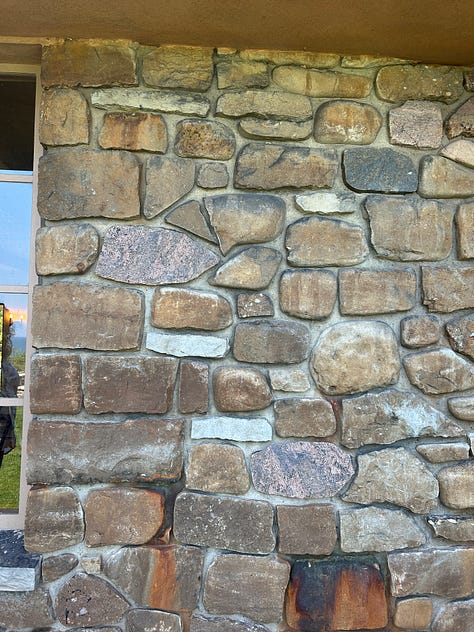


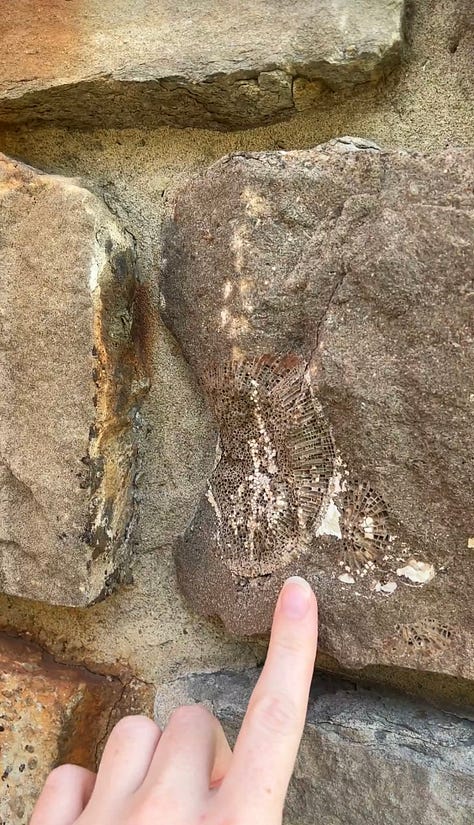
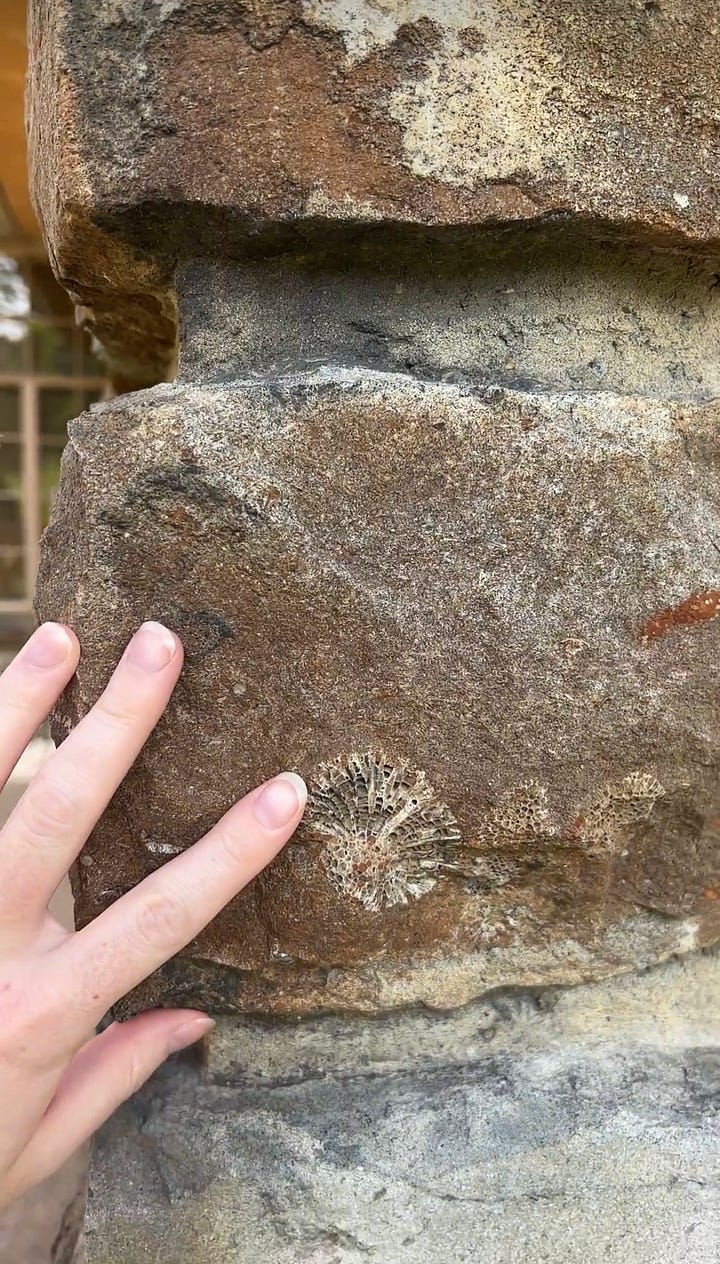
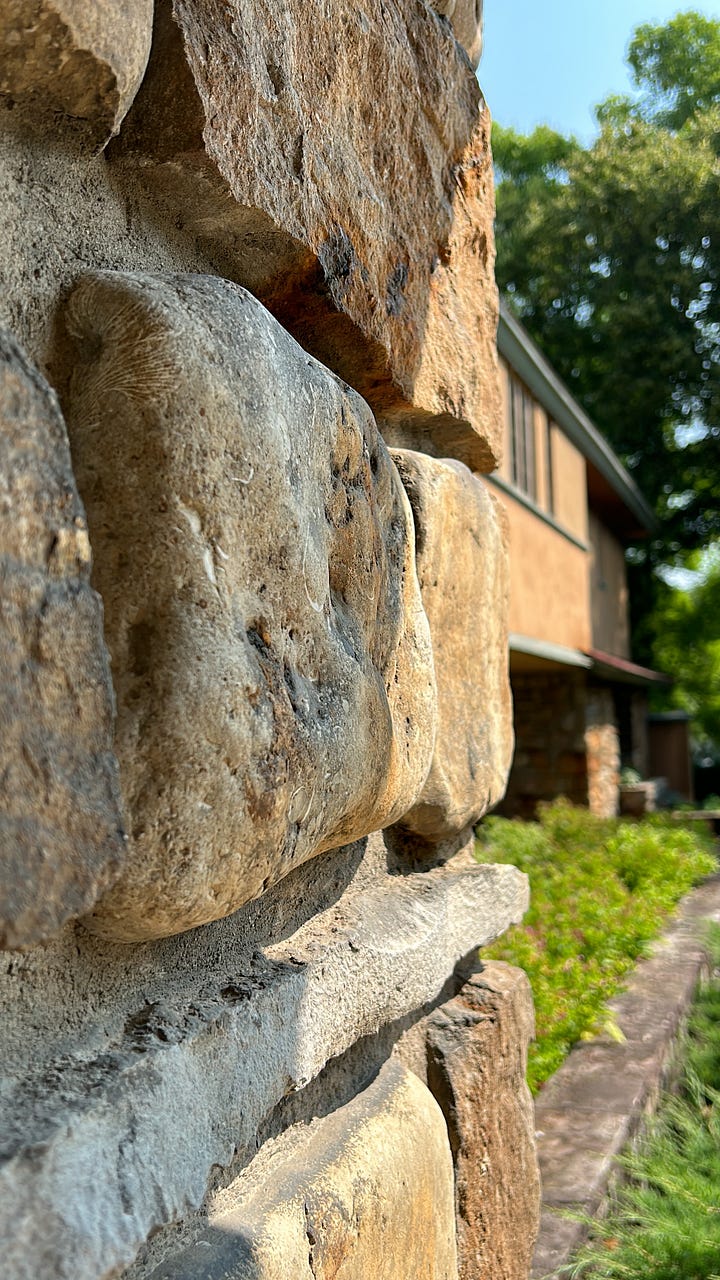
📐Cantilevers
Frank Lloyd Wright loved using cantilevers in his designs, and especially this house. The balconies are a great example of his use of them in this home, but there are also many smaller details hidden all over the house and property where you can find more cantilevers.
Graycliff is especially saturated with cantilevers because Wright wanted to mirror the shape of the cliff that the house sits on, overlooking beautiful Lake Erie. The cliff itself has a harder, more resistant layer of limestone at the top, and below it is softer rock (I’m assuming still limestone, just a slightly different, weaker, kind). As the cliff erodes over time from the great lake’s winds and waves, the softer rock withers away faster, creating an upside down ‘L’ shape in the cliff. At the start of the tour in the museum/shop, there was this 3D model of the property where you can see this exact feature. It was so cool seeing the house directly mimic such a specific geologic feature in this way! 🪨
Unfortunately, we couldn’t go down to the beach to see the cliff in person because it was unsafe to do so. 😖 That staircase in the model is no longer there because of erosion of the cliff over time making it unstable.
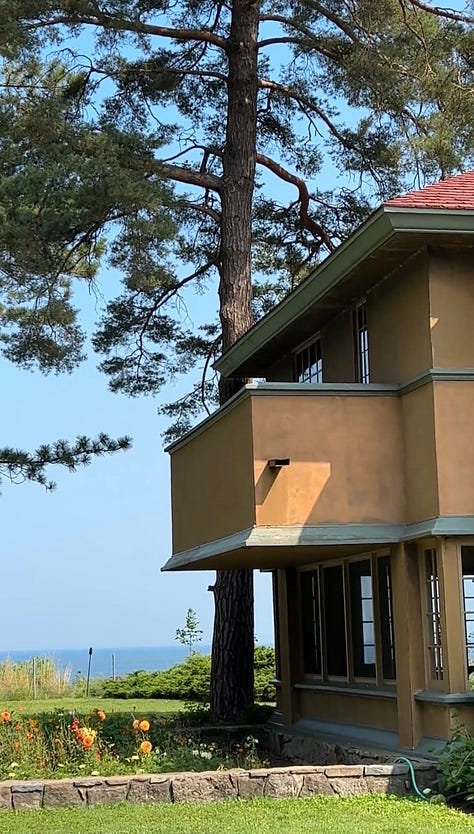
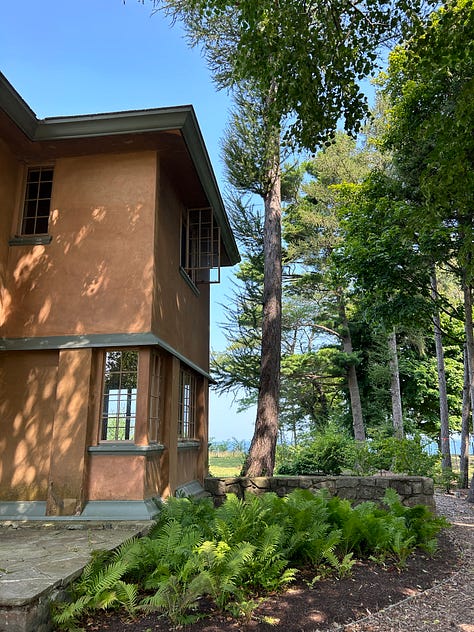
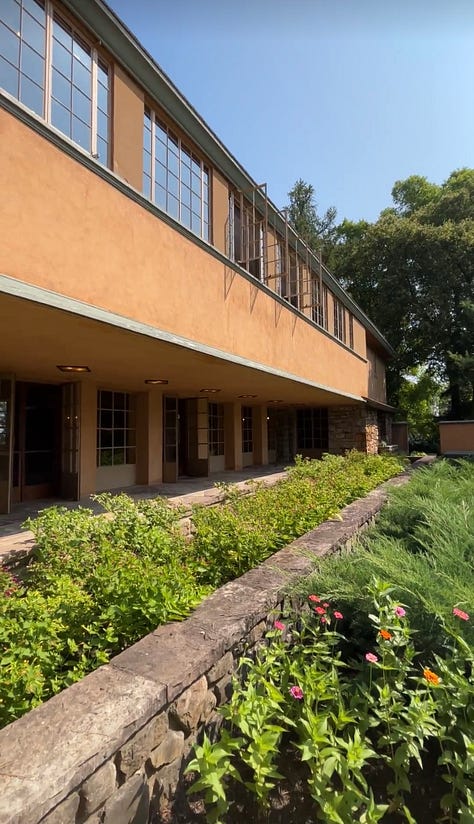
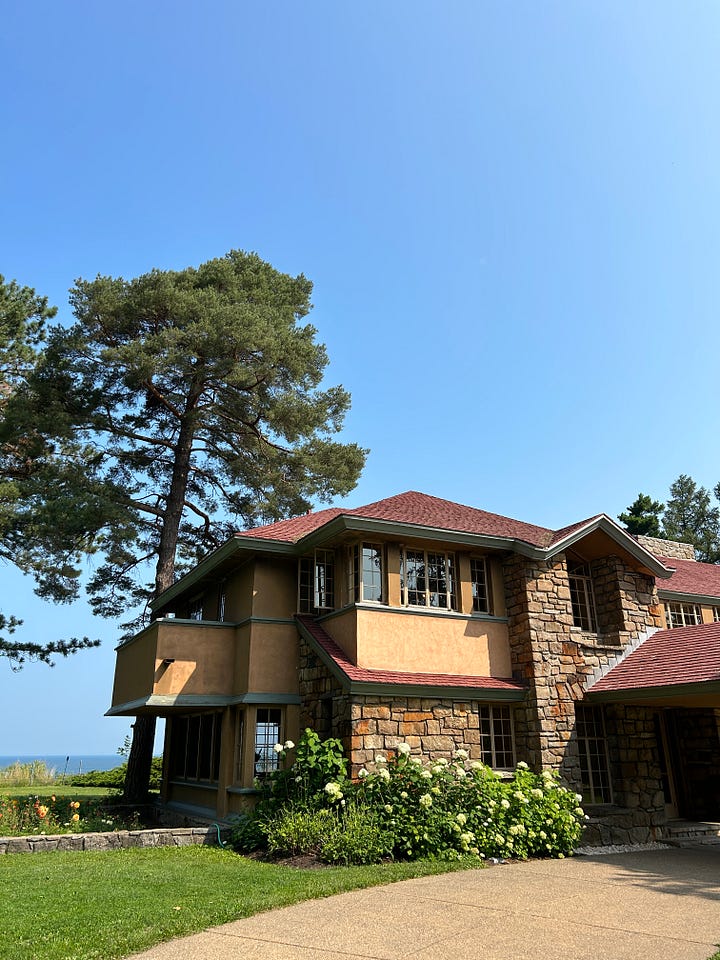

🔶Diamond Shaped Everything
Wright made sure to incorporate lots of diamond shapes throughout Graycliff, like in the light fixtures, the shape of the fireplace, and more. This is probably my favorite detail of Graycliff’s design because of how obscure it is to most people, and yet very familiar for geologists. As the cliff’s rocks erode over time, rocks gather at the bottom of it along the beach. Apparently, Wright noticed that these rocks had a diamond shape. As soon as the docent started explaining this, I knew exactly how those shapes were formed.
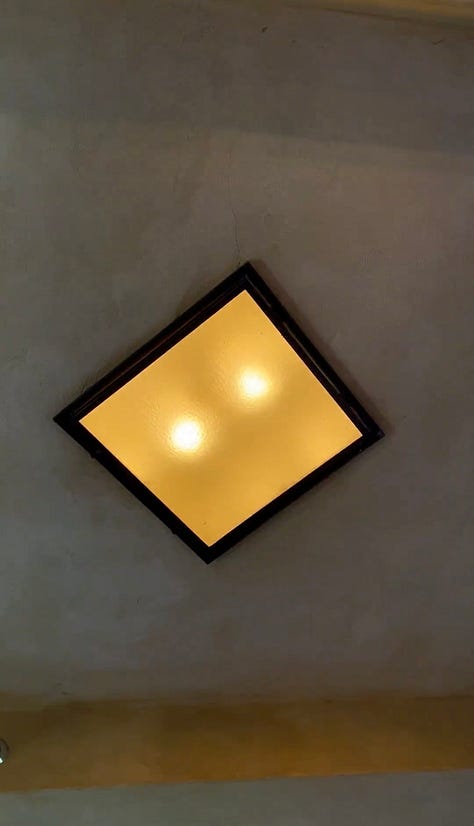
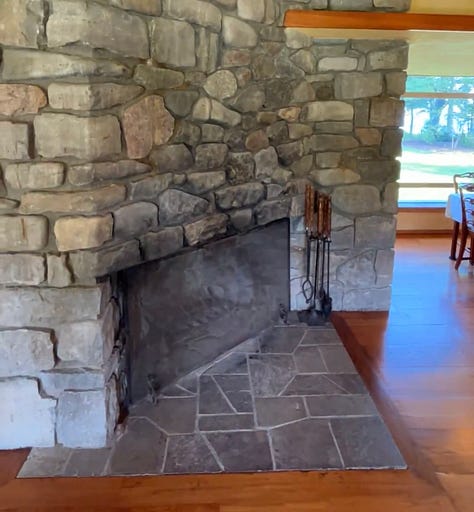
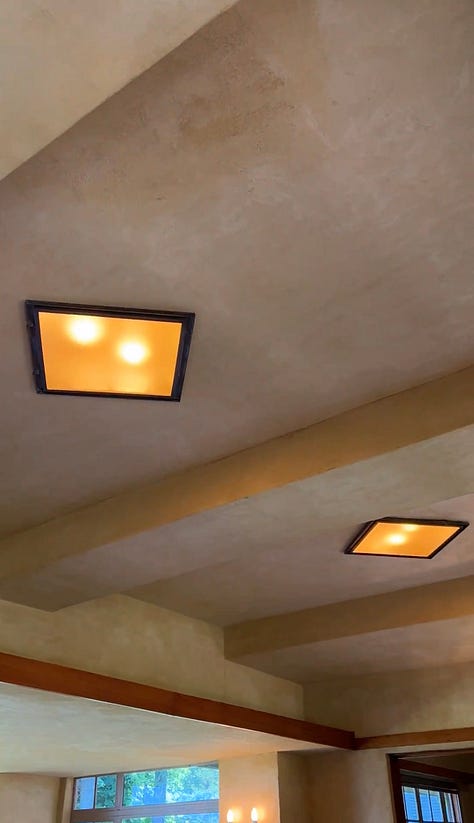
Pretty much every rock formation on our planet have fractures, also called joints, which form naturally in the brittle rock from different stresses. Stresses can include burial by other rocks and sediment, or more regional stresses like a continental collision, and many more. There can be multiple sets of fractures that represent different stresses during different time periods, sometimes millions of years apart.
When two or more sets of joints intersect with one another, they can cause a rock to fracture in a certain shape - in this case that is a diamond! When the rock eventually erodes enough to break into different pieces, like this cliff slowly crumbling apart, the rocks in the talus pile end up being that shape.
I actually went to college on Lake Ontario, about 170 miles northeast of Graycliff. For our structural geology class, we practiced our geologic compass skills by measuring and mapping out the joint sets in the sandstone exposed on the campus lakeshore. Here is a photo of the joint sets, very similar to what Frank Lloyd Wright and the Martins likely observed at Graycliff’s beach (except these aren’t yet broken away from the bedrock)!
🔎Some more fun details
Horizontal lines are incorporated throughout the house to mirror the the horizon of Lake Erie and bring the lake’s presence into the home
Water features are incorporated all around the property as a further connection to the lake
Sand from the shore of Lake Erie was used in the stucco of the home’s interior and exterior to give the walls texture and that sandy beige color
The color of the roof is meant to match the color of the Tichenor Limestone as the iron oxides in the rock weather over time into a reddish hue
✏️ Join me in the comments!
Please answer any/all questions in the comments, or just add your own thoughts.
Have you been to a Frank Lloyd Wright house? Which one? What did you like/dislike about it?
Are there any details of your own home that connect to the local geology? What are they?
If you could design your own organic architecture style house with an unlimited budget, what details would you include in it that are a reference to nature? Doesn’t have to be specifically geological!




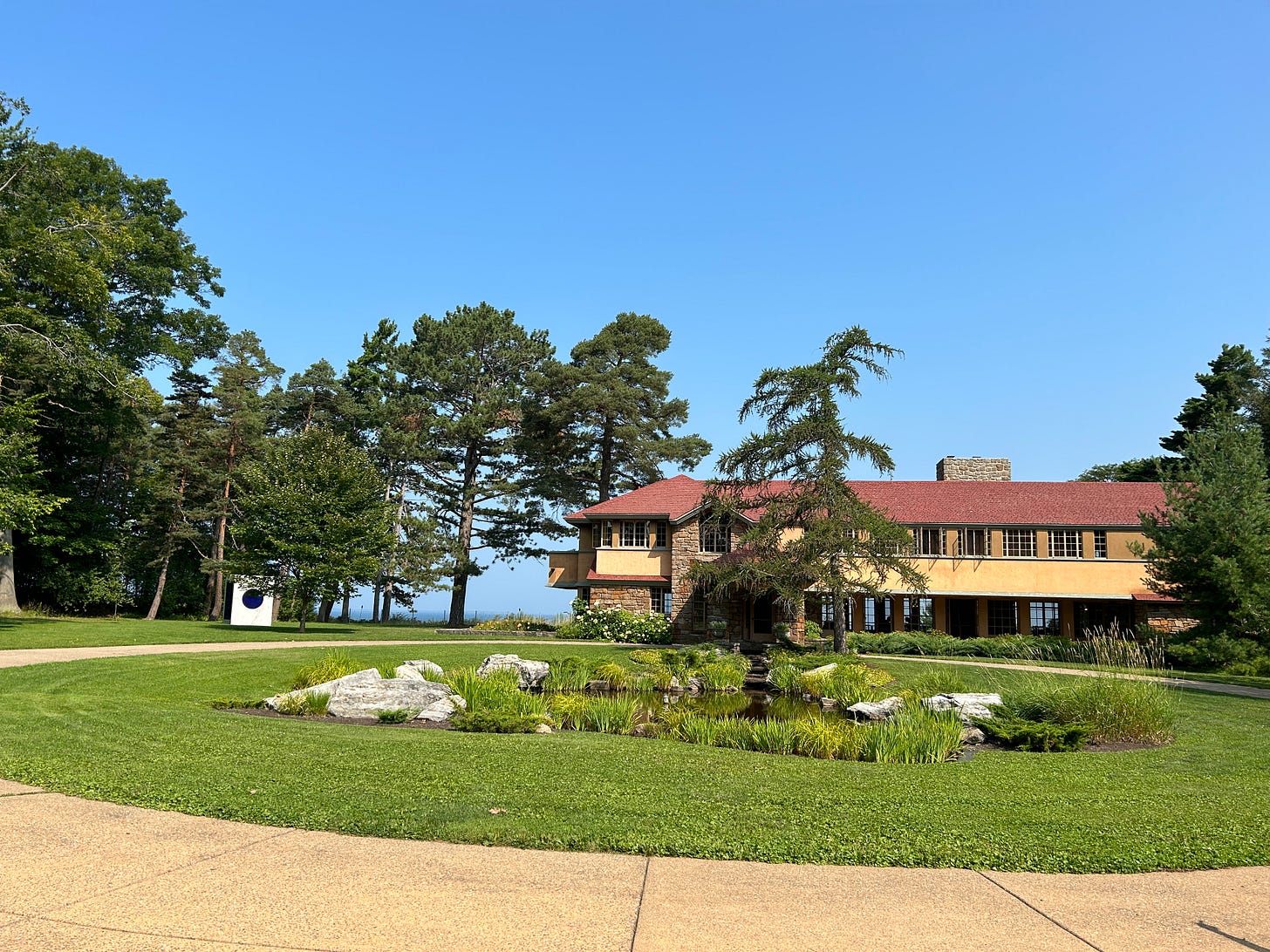

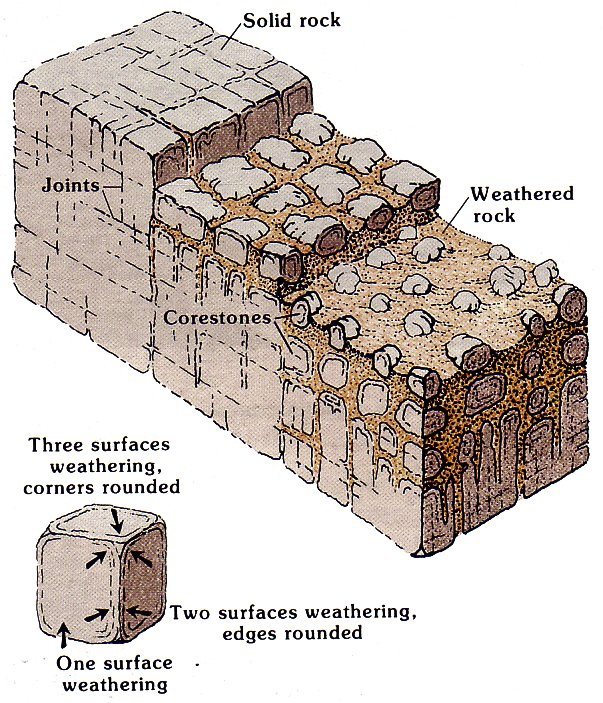

So cool! 😀 Can’t wait to visit Falling Water in PA 👍🏼😉
Nice! I think you will like this video. There will be a chapter about the geology of Graycliff in Geological Society of America Guidebook 71, which should be available by late March, 2025. Link: https://youtu.be/qvC0dvWvtIw?si=bPZJTZcl2nBHwKLx